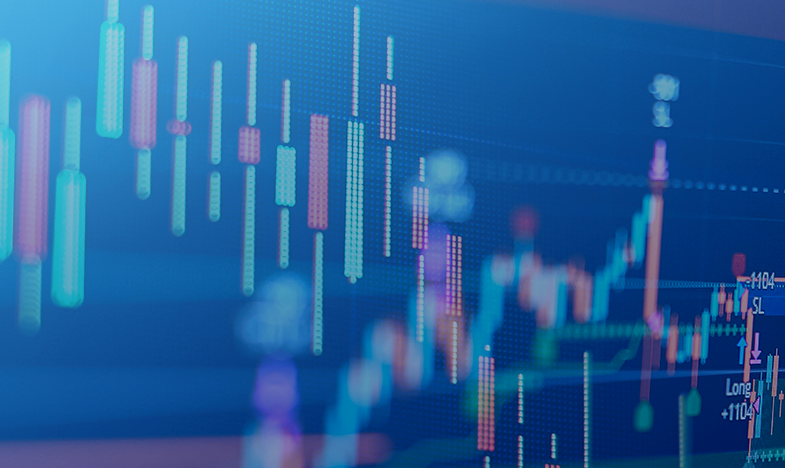Gold has just surpassed $3,300 an ounce, hitting a historic high. This won’t be the last this year, if our forecast in the 2025 Gold Outlook continues to hold firm.
But this moment has led many investors to wonder: are they selling their gold and maintaining their gains or buying more, hoping that this is just the beginning or another rally.
Despite our optimism about gold prices, we believe there is a better way to think about gold ownership that breaks the stalemate of buying and selling completely.
Gold did not rise, but the dollar fell. There is no such thing as a bull market for gold without a bear market for the dollar. One is the opposite of the other.
“Today we are witnessing a bull market for gold for a very different reason than in 2009-2011. It’s not about fear of rising consumer prices, it’s about falling into the trap of an increasingly obvious Ponzi scheme.”
Not the consumer price index, nor ETF flows, nor even central bank purchases (though we monitor them as well). It’s about trusting – or missing – non-refundable fiat currencies.
Gold imports in February decreased by about 62%, while they increased by 40.8% in January and 55.39% in December 2024.
The rise in gold imports pushed the country’s trade deficit (the difference between imports and exports) rise to USD$21.54 in March. It touched an all-time high of US$282.82 billion in the last fiscal year.
Gemstone and jewelry exports during the month increased by 10.62% year-on-year to reach around US$3 billion. However, it fell 8.84% to US$29.82 billion in 2024-2025, from US$32.7 billion in 2023-2024.
Gold imports jump amid weak dollar and global tensions
After recording negative growth, the country’s gold imports, which are affecting the current account deficit, jumped 192.13% to reach $4.47 billion in March, as a result of a significant increase in the prices of the yellow metal, according to Commerce Ministry data. Gold imports amounted to US$1.53 billion in January 2024.
Cumulatively, inbound shipments during April and March 2024-2025 increased by 27.27% to reach US$58 billion, compared to US$45.54 billion in 2023-2024.
The increase in imports also indicates strong investor confidence in the precious metal as a safe haven asset. Other reasons include asset diversification towards gold due to global uncertainty, increased demand from banks, and higher prices.
On April 17, gold prices rose by 70 Indian rupees to reach a new record high of 98,170 Indian rupees per 10 grams in the national capital. Prices rose to record highs as a weaker dollar, escalating trade war tensions, and growing concerns about global economic growth following US President Donald Trump’s tariff announcements.
However, silver prices fell by 1400 rupees to 98,000 rupees per kilogram. The white metal had settled at 99,400 rupees per kilogram at the previous market close.
Silver imports in March contracted by 85.4% to $119.3 million. It decreased by 11.24% year-on-year in 2024-2025 to reach US$4.82 billion.
Switzerland is the largest exporter of gold imports, with a share of around 40%, followed by the United Arab Emirates (over 16%) and South Africa (around 10%).
The precious metal accounts for 8% of the country’s total imports. In terms of volume, imports fell to 757.15 tons in 2024-2025 from 795.32 tons in 2023-2024.
The rise in gold highlights Bitcoin’s status as a safe haven.
Gold prices outperformed amid ongoing uncertainty over tariffs and the trade war between China and the United States. The yellow metal hit a historic high of $3,357 an ounce on Thursday before falling to $3,327 at the time of writing.
While the price of Bitcoin has stabilized since its April 7 low of $74,572, its rise remains limited to below $85,000. However, outflows from Bitcoin exchange-traded funds (ETFs), as observed since April 1, indicate that investors prefer to reduce their risk exposure and possibly buy gold. In two weeks, Bitcoin exchange-traded funds recorded inflows for just four days, compared to nine days of outflows.
On the positive side, Bitcoin continues to outperform equities, surpassing the volatility seen in the stock markets under President Trump’s tariff policy. China was hit by a whopping 245% tariff this week. Technology stocks, such as Nvidia, suffered bigger declines as China expanded its trade war to include rare earth metals.
Although it has not attracted a safe-haven demand like gold, which hit a record high of $3,357, its relative stability has emerged in a week marked by growing global uncertainty, according to the weekly K33 Research report.
Bitcoin price could rise 15% to $97,938.
Bitcoin’s price is slightly below the 50-day and 200-day exponential moving averages (EMAs) at the time of writing on Friday, as bulls try to push to break the bearish wedge pattern shown on the daily chart. A falling wedge indicates a possible bullish reversal of the price of Bitcoin, indicating fading bearish momentum.










